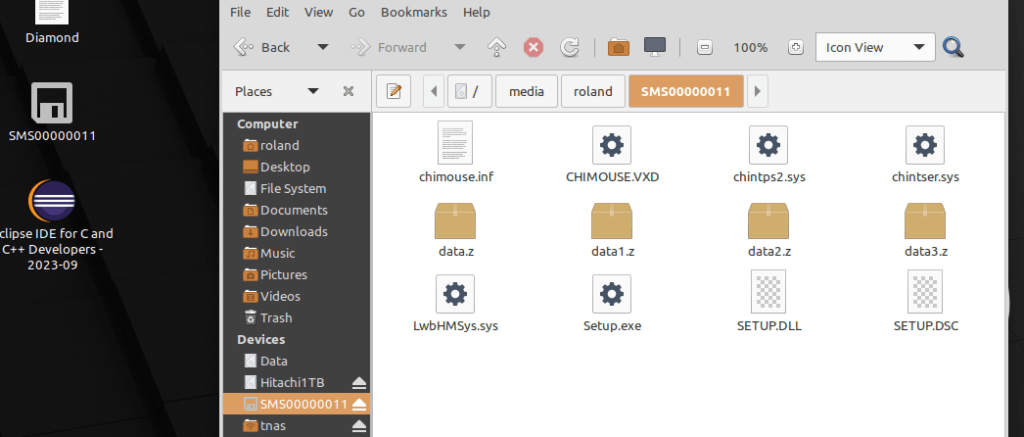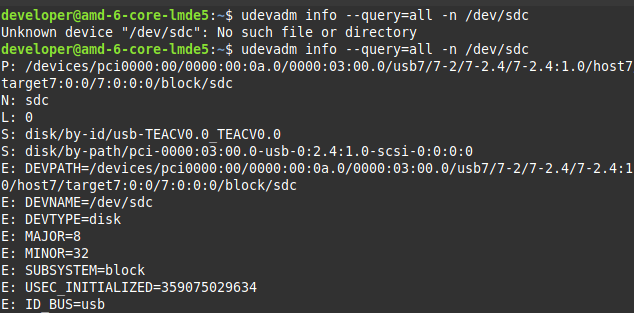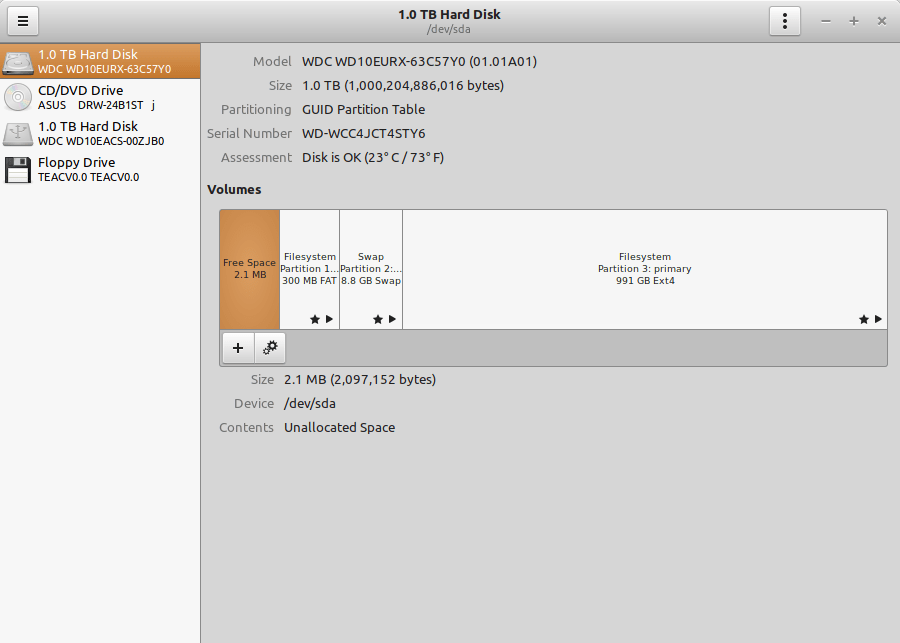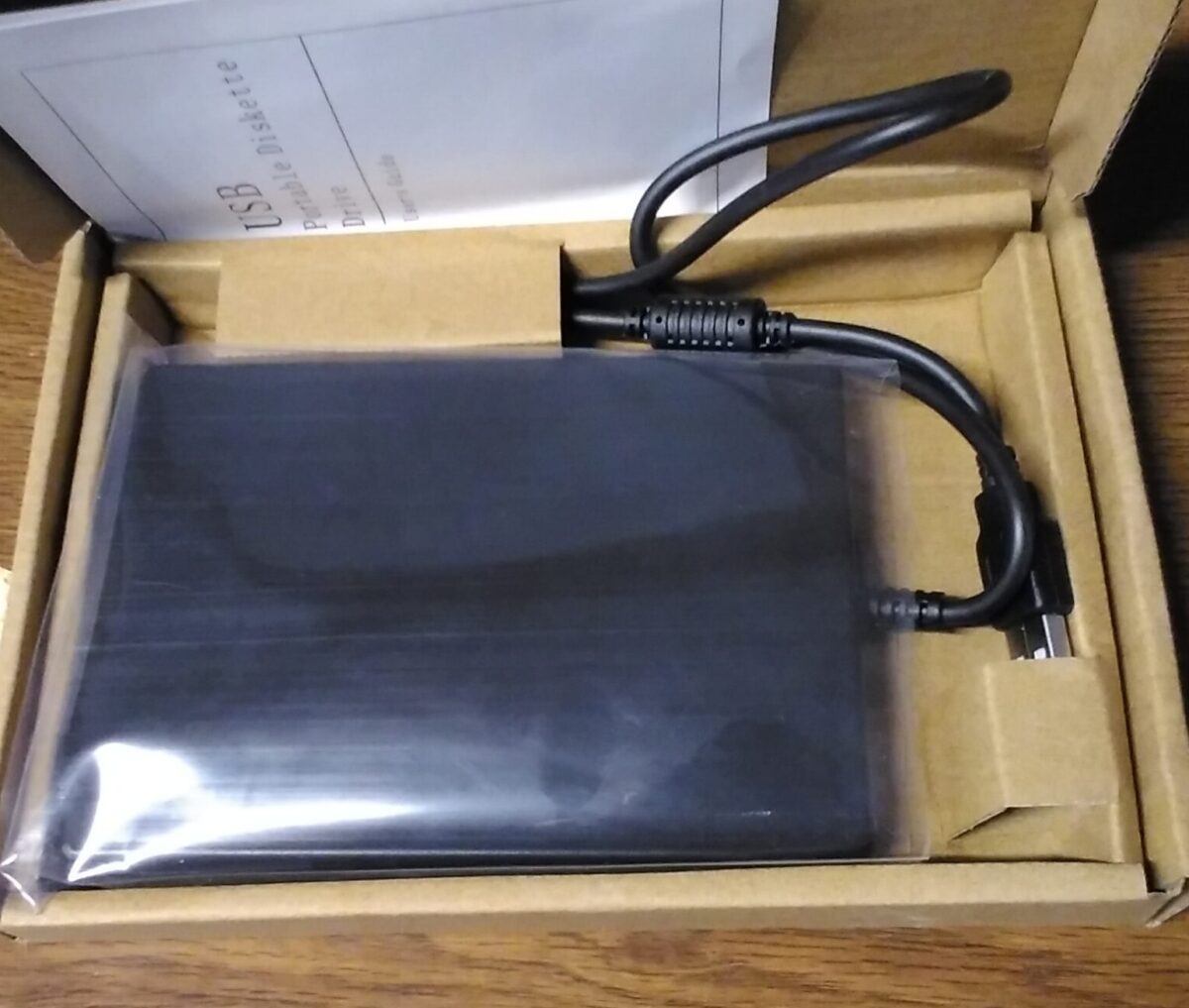Everybody thinks they are dead, but floppy disks are still around and you basically need a USB floppy drive to use them because modern motherboards don’t have a header connection for the ribbon cable internal drives need. I know own two USB floppy drives because I forgot I had an IBM portable floppy drive buried under a bunch of portable DVD R/W drives behind a bunch of Super Floppies.
Why this post now? I was cleaning out part of a closet in the parents office and found a slinky of 3.5 inch floppies. Yes, I even found some 5 1/4 disks, but did not save those. Mom used to use these disks to backup Quicken files. Early versions of Quicken used to offer the option of backing files up onto floppy disks.
Why Care?
You should read this interview with the Last Person Standing in the floppy disk market. GE has ECG equipment that still uses floppy. There are oscilloscopes and wave form generators on the market today that use 3.5 inch floppies as well.

That thing is currently listed at over $2,000. You don’t throw out a perfectly working tool just because it uses floppy disks. No sir, you keep equipment around to maintain your floppy disks. I’m told a lot of air planes and jets still use 3.5 inch floppies to off-load diagnostic information as well as update firmware.
On a more personal note, I still have at least one Sony Mavica floppy disk digital camera that I love.
It actually takes better pictures than any of my phones. If I need good pictures of something for online use, that’s the camera I reach for. Will really suck when the battery won’t take a charge anymore.
A friend from high school has an ex-wife whose mother bought some kind of sewing contraption that uses 3.5 inch floppies to load patterns. There are a lot of those things out there from that era. Got to wonder just how tightly encoded a patter has to be to fit inside 1.44 MEG and stitch something like this.

Mint Recognizes USB Floppy drive
On one machine it instantly mounted and displayed contents of the floppy. Sigh, remember the days when we had to have a different driver for every mouse?

On another machine running a different version of Mint it simply recognized the drive.

I had to click on it to mount and display the contents.
You Cannot Format Out of the Box
Drivers and software for a regular internal floppy drive will not work on a USB floppy drive.

You have to use Synaptic (or whatever) package manager to install ufiformat. Don’t be scared by the low version number. This has been rolled into distros for a very long time. I would be shocked if you could find a Linux desktop distro that doesn’t have it in their repos.
Find the Floppy Drive
If you are a command line person you can
udevadm info --query=all -n /dev/sdcstarting at /dev/sda working your way forward until you find something that looks like a floppy.

TEAC is a big name in floppies. Those of you who like pretty screens can use the Gnome disk utility available on most YABUs.

When you select the device on the left it will tell you the device path as it does for the currently selected drive.
Formatting
Before you can format the device has to be unmounted.
umount /dev/sdcYou may need a sudo in front of that, depending on how the drive was mounted. To low level format the floppy you need one of the following two commands.
sudo ufiformat -f 720 -v /dev/sdc
sudo ufiformat -f 1440 -v /dev/sdcOf course you need to change the /dev/path to match your own. 720K floppies only have one hole punched at the top.
1.44MEG floppies have two holes.

Now you need to high level format the disk. The first command just performed a low level format just to make sure the media was okay. Now you have to FAT format the floppy.

The line above the first green text shows what it looks like when you successfully high level format the floppy. The bottom of the screen shot shows you a failure. When it comes to really old floppies that have spent a decade (or more) in a closet you should expect the media to be a bit iffy. You know how you can leave a screw driver in a drawer pointing north for a few years and it “becomes magnetized?” Same thing happens here.
You are writing to rust. It can become permanently polarized.
Do not try this with an LS-120 drive. I have them, I love them, I’ve written about them before. That is a different beast needing a different driver, even if you are formatting a regular floppy in it.
Oh, for those who like to screen scrape.
sudo mkdosfs -v /dev/sdcDon’t forget to change your /dev/path!
